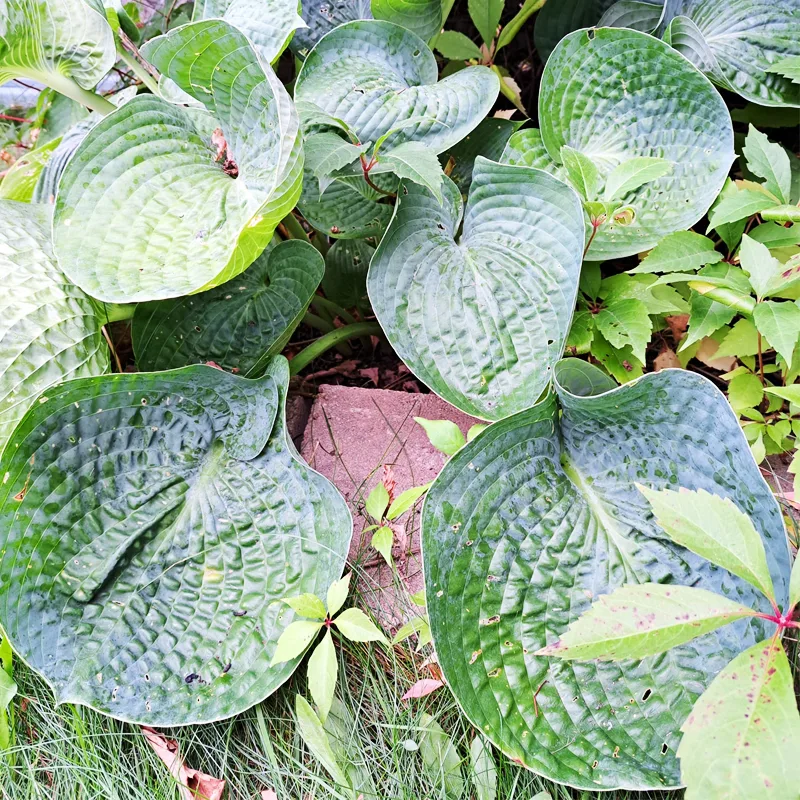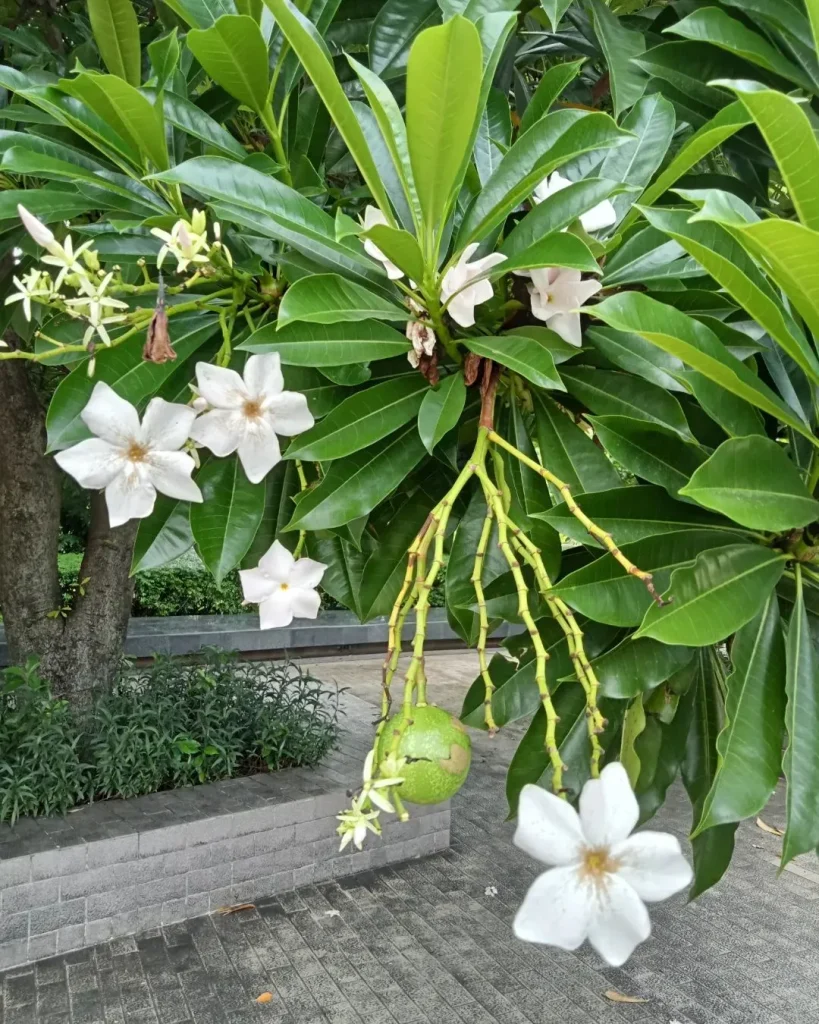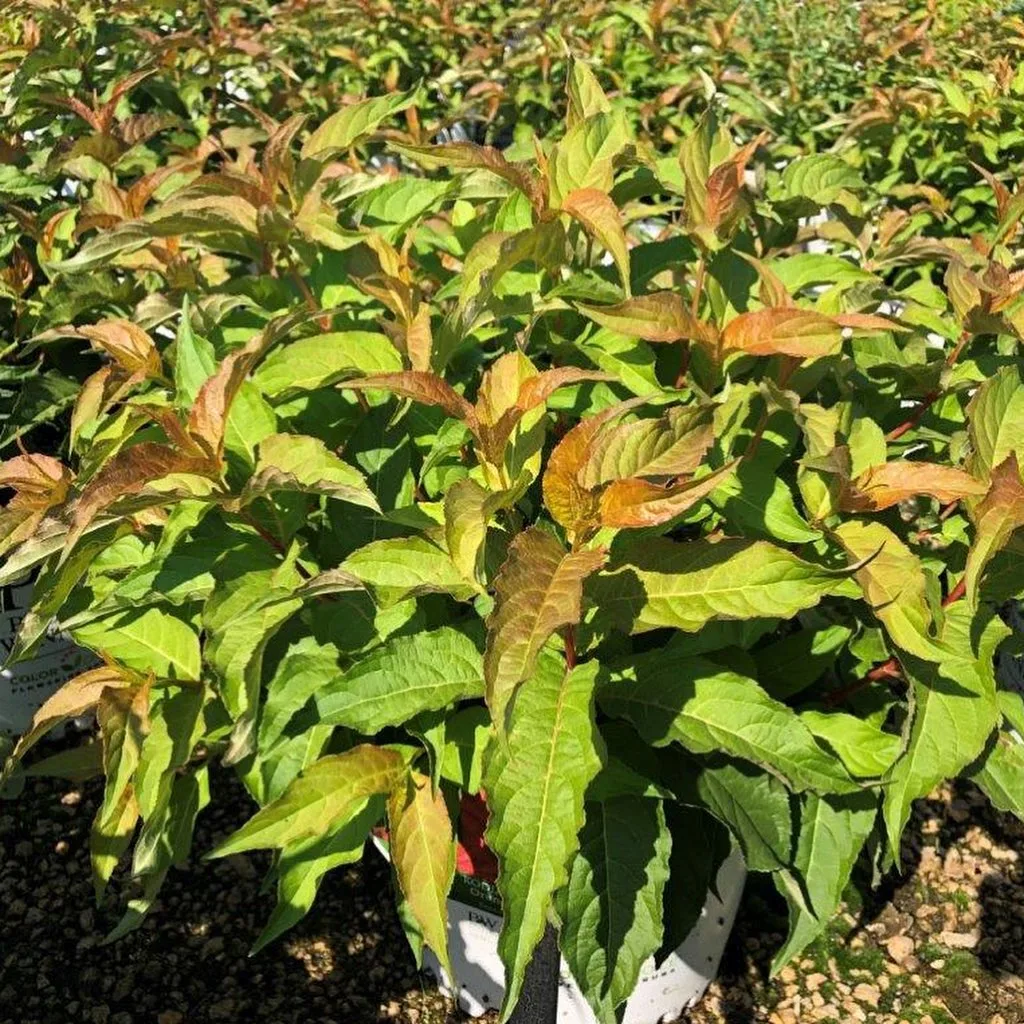My Fascination with Cleistocactus
I’m Ferb Vu, and I’ve always been drawn to the unique beauty of Cactaceae, cacti family. Their resilience, their diverse forms, and their ability to thrive in harsh conditions have always captivated me. Among the many genera of cacti, one holds a special place in my heart: Cleistocactus.
These fascinating cacti, native to the mountainous regions of South America, are known for their slender, columnar shapes and their profusion of brightly colored flowers. The name “Cleistocactus” comes from the Greek word “kleistos,” meaning “closed,” which refers to the unique characteristic of their flowers. Unlike many other cacti, Cleistocactus flowers rarely open fully, giving them a distinctive, almost shy appearance.
Unique Characteristics of Cleistocactus
What truly sets Cleistocactus apart is the sheer variety within the genus. From the densely spined Cleistocactus strausii with its silvery-white appearance, to the more sparsely spined Cleistocactus winteri with its cascading stems, each species has its own unique charm. Some species, like Cleistocactus samaipatanus, even produce edible fruits.
The closed nature of their flowers has led to some interesting evolutionary adaptations. Cleistocactus have evolved to primarily self-fertilize, ensuring their reproduction even in environments where pollinators may be scarce. This self-sufficiency is a testament to their hardiness and adaptability.
A Diverse Genus
The genus Cleistocactus boasts a rich diversity of species, each with its own unique features and allure. Here are:
- Cleistocactus strausii: Perhaps the most well-known species, recognizable by its slender, columnar stems covered in white spines and its red flowers. – Plant FAQs: Cleistocactus Strausii – Silver Torch Cactus
- Cleistocactus winteri: Also known as the Golden Rat Tail, this species features long, trailing stems and vibrant red or orange flowers.
- Cleistocactus samaipatanus: A species with more open flowers than most, displaying bright red petals and producing edible fruits.
- Cleistocactus ritteri: A striking species with bright orange flowers that contrast beautifully with its wooly white spines.
- Cleistocactus baumannii: This species has a unique, almost crested growth habit, with stems that fan out and curve in interesting ways.
- Cleistocactus aurantiacus M.Lowry
- Cleistocactus ayopayanus Cárdenas
- Cleistocactus brookeae Cárdenas
- Cleistocactus buchtienii Backeb.
- Cleistocactus candelilla Cárdenas
- Cleistocactus capadalensis F.Ritter
- Cleistocactus chrysocephalus (F.Ritter) Mottram
- Cleistocactus colademononis (Diers & Krahn) Mottram – Plant FAQs: Monkey Tail Cactus – Cleistocactus Colademononis
- Cleistocactus dependens Cárdenas
- Cleistocactus hildegardiae F.Ritter
- Cleistocactus hyalacanthus (K.Schum.) Rol.-Goss.
- Cleistocactus laniceps (K.Schum.) Rol.-Goss.
- Cleistocactus luribayensis Cárdenas
- Cleistocactus micropetalus F.Ritter
- Cleistocactus morawetzianus Backeb.
- Cleistocactus parviflorus (K.Schum.) Rol.-Goss.
- Cleistocactus pungens F.Ritter
- Cleistocactus reae Cárdenas
- Cleistocactus smaragdiflorus (F.A.C.Weber) Britton & Rose
- Cleistocactus tominensis (Weing.) Backeb.
- Cleistocactus variispinus F.Ritter
- Cleistocactus viridiflorus Backeb.
My Personal Connection
My own journey with Cleistocactus began with a single Cleistocactus strausii cutting. I was immediately captivated by its unique appearance and the way its silvery spines shimmered in the sunlight. As I learned more about the genus, I began to appreciate the subtle beauty of their closed flowers and the fascinating adaptations that allow them to thrive in challenging environments.
Over time, my collection has grown to include several different Cleistocactus species. I find immense satisfaction in providing them with the care they need to flourish and in observing their unique growth habits and flowering patterns. Each new addition to my collection brings a renewed sense of wonder and appreciation for the diversity and resilience of these remarkable plants.
A Continued Fascination
My fascination with Cleistocactus continues to grow. I am constantly learning new things about these captivating cacti, from their intricate pollination mechanisms to their diverse geographical distribution. I am eager to explore more species and delve deeper into the fascinating world of Cleistocactus.
If you’re looking for a unique and rewarding addition to your plant collection, I highly recommend exploring the genus Cleistocactus. Their beauty, resilience, and unique characteristics make them a truly fascinating group of plants to admire and appreciate.
If i die, water my plants!



